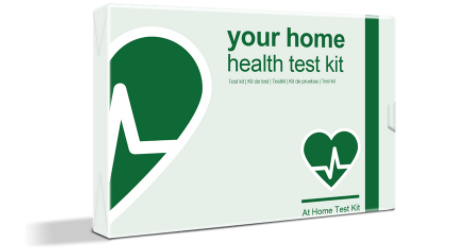What is Lactose Intolerance?
With symptoms ranging from mild to serious, both milk allergy and lactose intolerance blight people’s lives. Dairy Allergy (also known as Milk Allergy or Cow’s Milk Allergy) is the most prevalent food allergy in early childhood – affecting up to 3% of infants. Lactose intolerance is far more common. While diagnosis rates are unknown, it’s estimated that as many as 65% of the global population are lactose intolerant.
The two conditions are quite different – dairy allergy is more serious – but are often confused with each other. This is actually quite dangerous. It’s important to know the difference between ‘lactose-free’ and ‘dairy-free’ when reading the labels on food products.
Interesting facts about lactose intolerance:
A non-invasive alternative to traditional allergy and intolerance screening.
What is Dairy Allergy (or Milk Allergy)?

How Do I Know if I’m Lactose Intolerant or Have a Milk Allergy?
Lactose intolerance can be difficult to diagnose. Doctors often ask people to keep a food diary and examine their family and dietary histories and prevalence of symptoms soon after meals. Physical exam and other invasive medical tests are also used. Diagnosing dairy allergy starts with a blood test then often involves follow-up procedures – including skin tests, hydrogen breath tests, lactose tolerance tests, milk tolerance tests and/or stool samples.
While diagnosing lactose intolerance or dairy allergies can often by complex and uncomfortable, The Intolerance Group’s one-step Dairy Allergy/Lactose Intolerance Tests offer the easiest, most convenient and least invasive ways of finding out if you’re allergic to dairy or lactose intolerant.
Tests Completed
Living with Lactose Intolerance/Dairy Allergy
Since Dairy Allergy and Lactose Intolerance have two different causes, there are slightly different ways of managing the conditions. Managing Dairy Allergy involves completely eliminating cow’s milk protein from your diet – even a tiny amount of cow’s milk protein could trigger an allergic reaction. Lactose Intolerance may also be initially managed by eliminating cow’s milk protein from your diet. However, going entirely dairy-free is rarely needed in the long term. Some dairy products can often be carefully reintroduced into the diet – depending on the individual, following the guidance of a dietitian. In either case, it’s important to consult a healthcare professional before making any changes to your diet.

